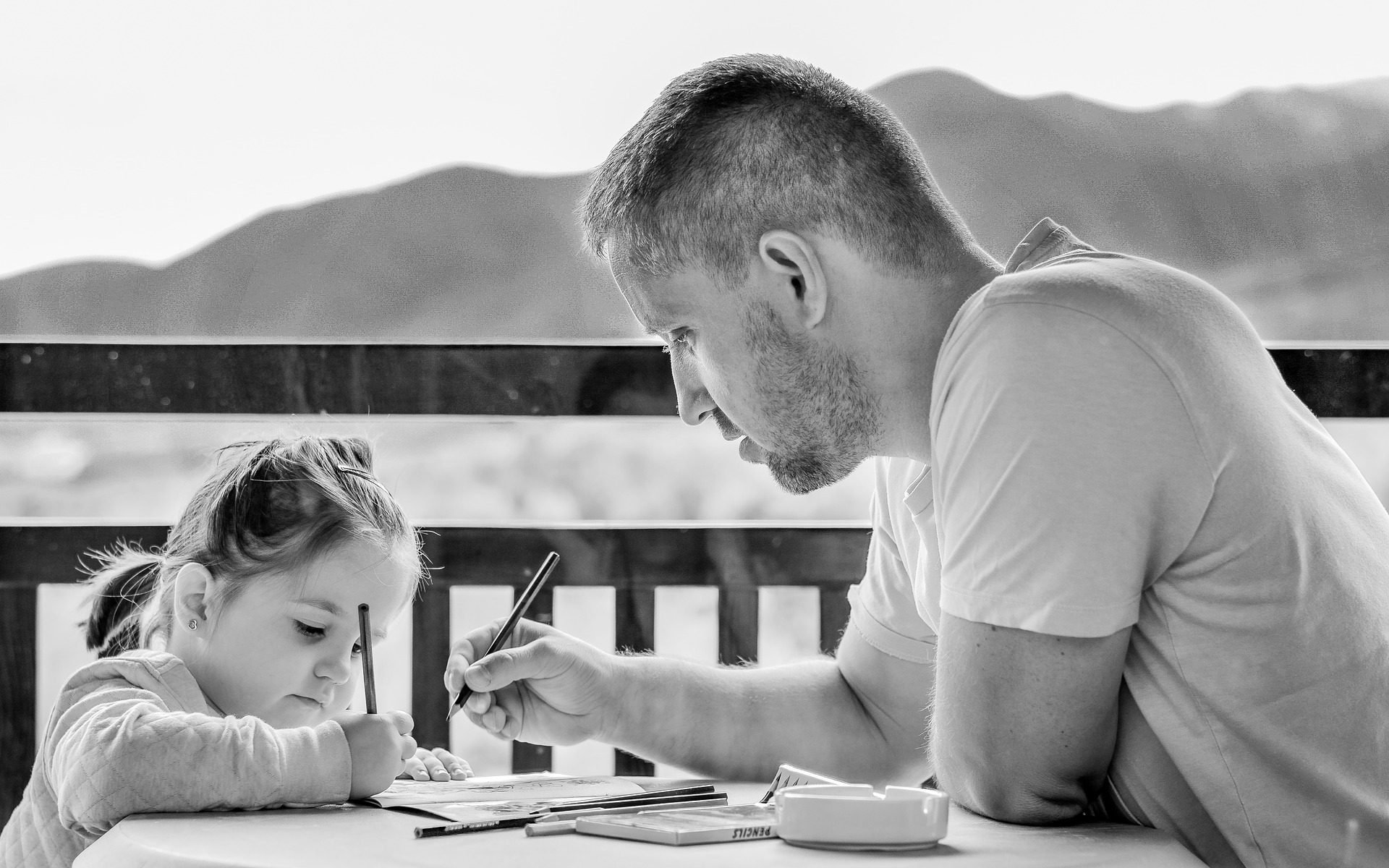How To Help Your Child Control Their Behavior
Milo is a very active 2-year old and is almost always in motion. He loves throwing things, especially his toy trucks because of the sound they make upon impact. His parents have a rule, though, that he may not throw his trucks as they keep breaking. As Milo brings his truck up above his head to throw it, his father warns him sternly not to throw it. Milo throws it anyway and it breaks the wheels off. His father can feel the blood pulsing in his head and exclaims “I told you not to throw it! Now look what you’ve done!”. Milo cries with disappointment and his father is fuming.
An hour later, Milo’s father reflects on the interaction and decides that next time he’d like to try something different.
Sure enough, Milo soon found another one of his MANY trucks and his father could see it happening. Milo raised it again above his head, looking to his father. His father could feel his blood pressure rising again, but this time noticed that and instead of giving into his feeling, made a point of lowering his voice, softening his expression, and remaining calm. Even though he was calm, he still jumped in right away, gently grasping the truck and bringing it back down to the floor. “Trucks on the floor.” he told Milo, yet Milo wanted to throw! At this point, his father would have normally lost it, but he decided again to do something different. He gently grasped the truck, set it down, and brought Milo outside to the backyard to the pile of rocks in the back corner. He picked up a rock, threw it, and said “throw”. Milo quickly picked one up and did the same, smiling at his father.
This story illustrates the most important parenting tool in action: self-regulation. First for the parent, then for the child.
As he became upset, Milo’s father took notice of his escalating frustration and reined it in, remaining calm and collected, while gently guiding Milo toward a more constructive way of channeling his behavior. Seeing this, Milo was able to stay calm himself while being redirected to another, more constructive activity.
What is self-regulation? It is the ability to control one’s behaviors, thoughts, and emotions.
How does it develop? It begins in infancy as a baby learns to predict that when he cries, he will be soothed. And surprisingly, the ability for a child to exhibit self-control does not even appear until age 3 at the earliest. A child’s ability to self-regulate then continues to develop slowly throughout the lifespan into the 20’s.
How can you help your child learn to self-regulate? The first step is by learning to do it yourself. Prior to the age of 3, children actually borrow their self-regulation from you as a parent. Your child’s brain is not developed enough to be able to control his behavior on his own. He needs you to help control it for him by remaining calm for the both of you and setting limits via calm, supportive, and loving interactions.
As your child escalates and his behavior triggers a response in you, take notice. What are you feeling in your body? Is it a pulsing in your head, a tightening of your chest? Simply notice.
Once you notice what your body’s doing, identify how you’re feeling. Most people will say angry, but usually there is something deeper going on. Maybe you feel frustrated that you’re still dealing with the same behaviors again and again. Maybe you’re feeling defeated that you can’t seem to get through to your child. Whatever it is, notice and label it, even by saying it out loud. “I feel . . .”
Take a deep breath. Intentionally breathe in deeply, then, as slowly as you can, breathe out. Do this one or two more times.
You can even tell your child about the whole process. “Oh, I feel my blood pumping in my head. I’m feeling frustrated. I’m going to take a break and take a few deep breaths. One . . . two . . . three.”
By doing this, you are doing two things: you’re calming yourself down AND you’re modeling to your child how to do it for himself. It’s a real win-win!
Everyone wants their child to grow up and have self-control. It doesn’t come naturally for your child nor for you as a parent. But, with a bit of focus and a lot of practice, both of you can learn.
Now, I know that this is not easy. You were not meant to go it alone. That’s why I am here, to support you. If you would like more support in learning to self-regulate or in learning how to respond to your child’s behaviors, please reach out. I am here for you. Let’s get on the phone and talk about it. Send me an email at jeff@thedeeplyrootedparent.com and schedule a free session to see how I can help.

